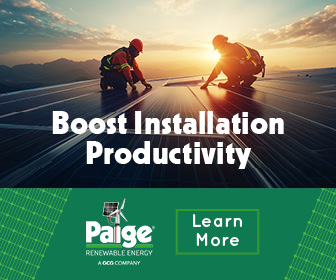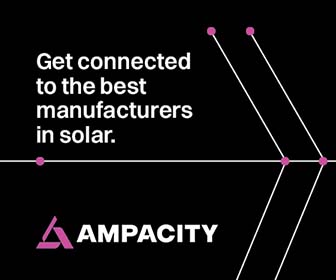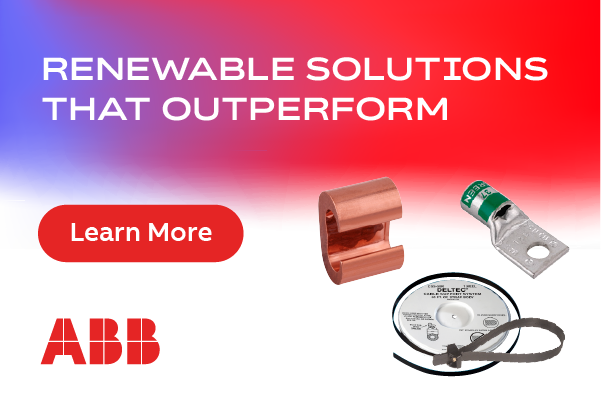Designing Solar for High Wind on Challenging Terrain
As extreme weather impacts from climate change become increasingly widespread, solar developments are faced with entering more dangerous territory. Further, with available flat land areas becoming increasingly scarce, the industry must now consider project sites with histories of extreme weather events and challenging terrain. With challenging weather and/or terrain becoming the norm for projects, it is imperative that asset owners and EPCs do the appropriate project and product due diligence to select equipment that is capable of thriving in these environments.
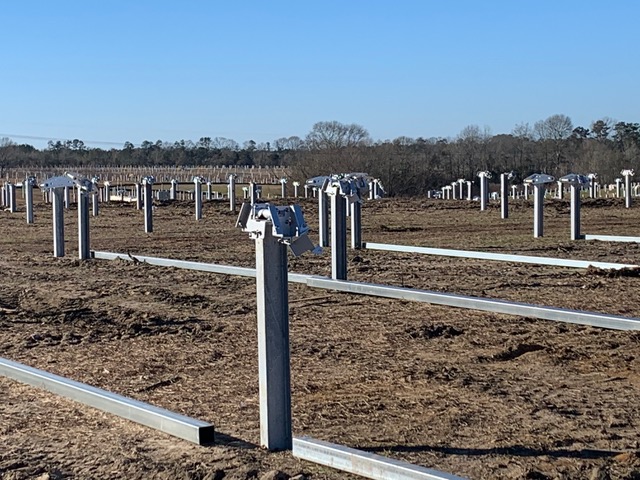
To align the torque tube straight along the length of the row, the industry traditionally had two ways of approaching challenging terrain: grade the site flat, or implement variable foundation reveal heights. Neither of these options is ideal; they can lead to increased costs, complicated construction, and disturbed land. However, there is a third option of using solar trackers that follow the natural terrain, whatever it may be. This type of tracker eliminates the disadvantages from the other approaches, but requires more diligence in the upfront design. To begin the design process, EPCs and/or developers should generate 3D point files of the foundation locations. From there, racking equipment providers can identify the appropriate technology needed to accommodate the various angle changes early in the design process. This contrasts from typical project timelines, where the completion of a 2D layout during preliminary design activities is sufficient to get an accurate bill of materials.
Additional design work on non-flat terrain involves assessing how foundation wind loads are affected by the variable terrain, and accurately locating those foundations along the length of each row. Wind loads are affected by variable terrain; calculations based on wind tunnel studies should be available from the tracker supplier to understand those loads. Foundation northing distances decrease with increasing slope, which can be accounted for in 3D Civil CAD programs.
When taking these challenging terrain projects to regions with patterns of extreme weather, such as Kansas, New Hampshire, and Louisiana, dynamic stability and stow strategy are key considerations.
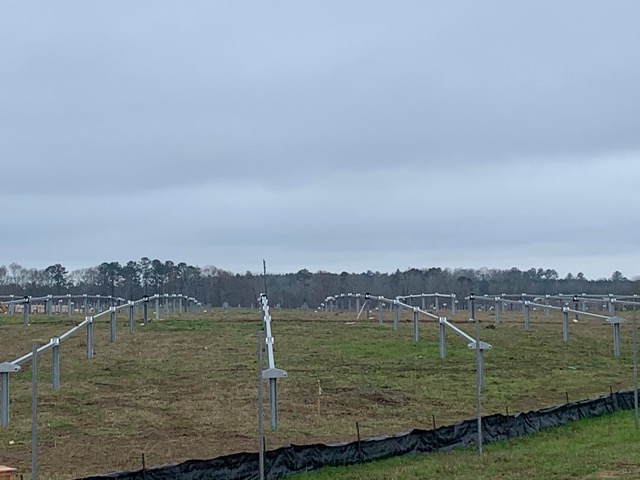
Equipment providers utilize stow strategies as a mitigation tactic for dynamic instability. During high wind events, trackers will rotate to a wind stow position; either flat or at a predetermined angle. Stowing at steep angles towards the wind provides greater protection from dynamics. These steep angles result in higher static loads, but reduce vulnerability to dynamic wind events at shallow angles. Fast-rotating trackers that reduce the time to reach stow are favorable to reach the desired tilt angle as quickly as possible, and should be able to reach stow in less than three minutes. External dampers are a typical approach used to attenuate dynamic wind effects on the tracker rows, but can be a high failure component. However, tunable designs with variable damping, multiple damping locations, hard nodes in the structure to reduce natural harmonics wavelengths, and multiple dynamics disruption designs can eliminate the need for external dampers.
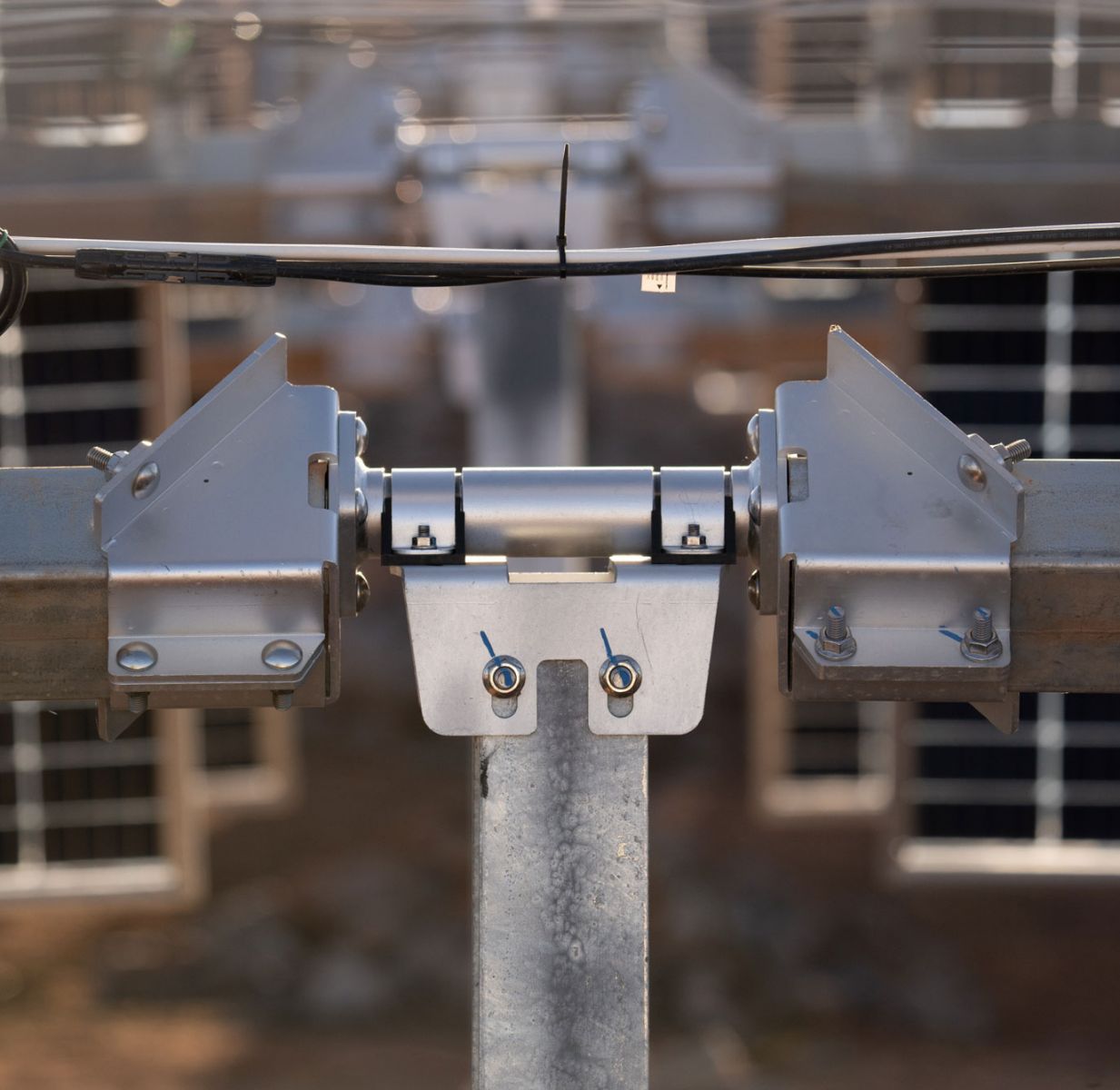
This combination of extreme winds and challenging terrain is to be expected in hurricane regions. The industry saw this first hand when Hurricane Ida hit the state of Louisiana in Fall of 2021. A number of solar developments in the area took direct hits, undergoing winds of 85+ mph for many consecutive hours. The majority of tracker systems sustained significant structural damage, with wind dynamics being the likely culprit. One tracker system survived the hurricane with no significant damage to speak of; that tracker system included the various wind dynamics mitigation strategies listed above.
In a perfect world, tracker providers will take all of the necessary preventive steps in the design process to avoid structural damage during extreme wind events, all while preserving the natural land by following the site terrain. However, since we can never completely eliminate all risks, it is crucial to have a tracker partner that understands how to deal with both variable terrain and high wind conditions. Plus, it is necessary for the EPC and the tracker provider to work together to design for real life expectations in our changing climate, and not just the lowest cost design.
Yezin Taha is CEO and Founder at Nevados, which works to help solar developers increase location site options, eliminate major costs of construction, and maximize power generation.
Nevados | nevados.co
Author: Yezin Taha
Volume: 2022 May/June








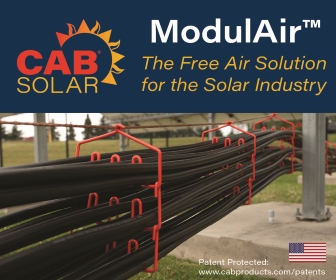
.png?r=2453)
